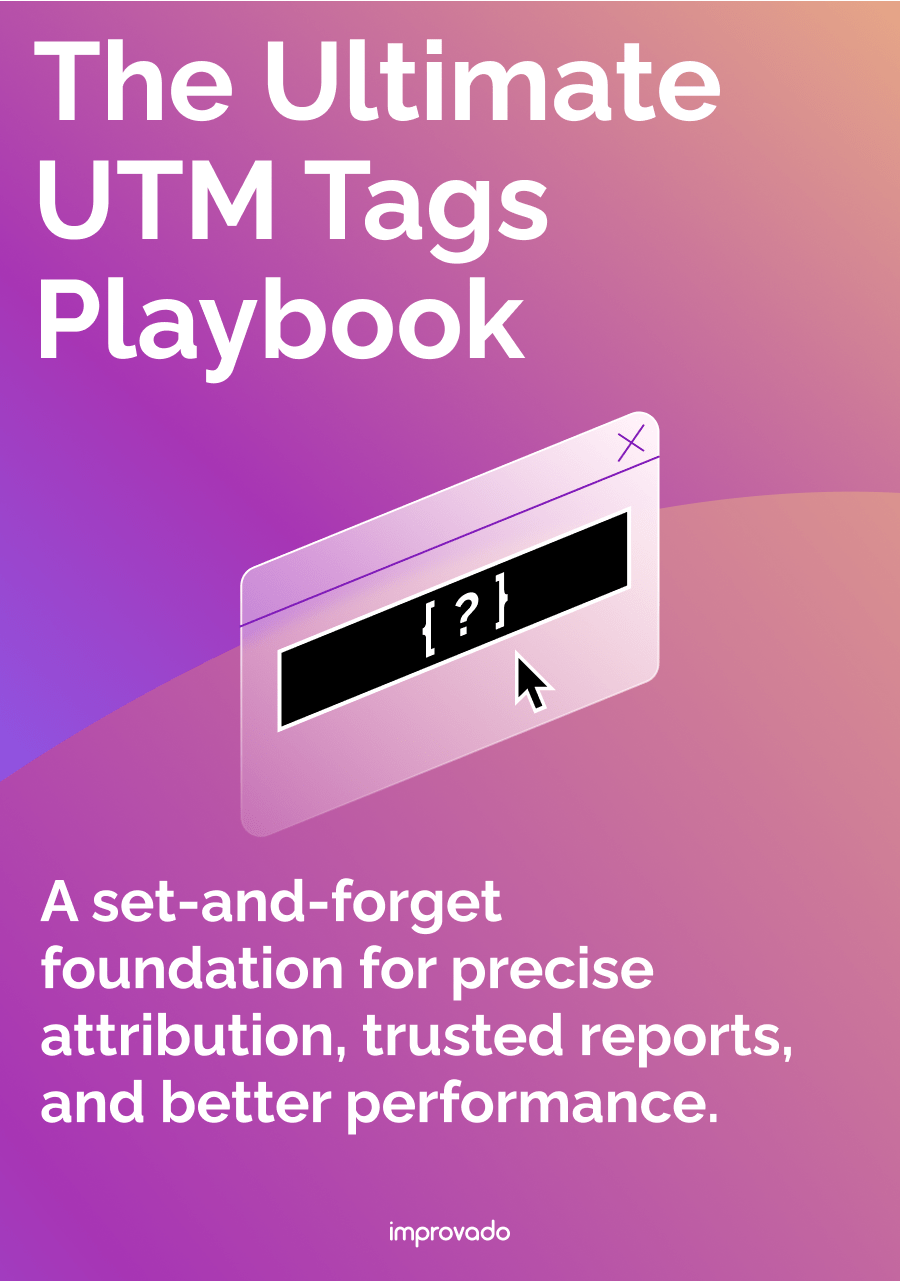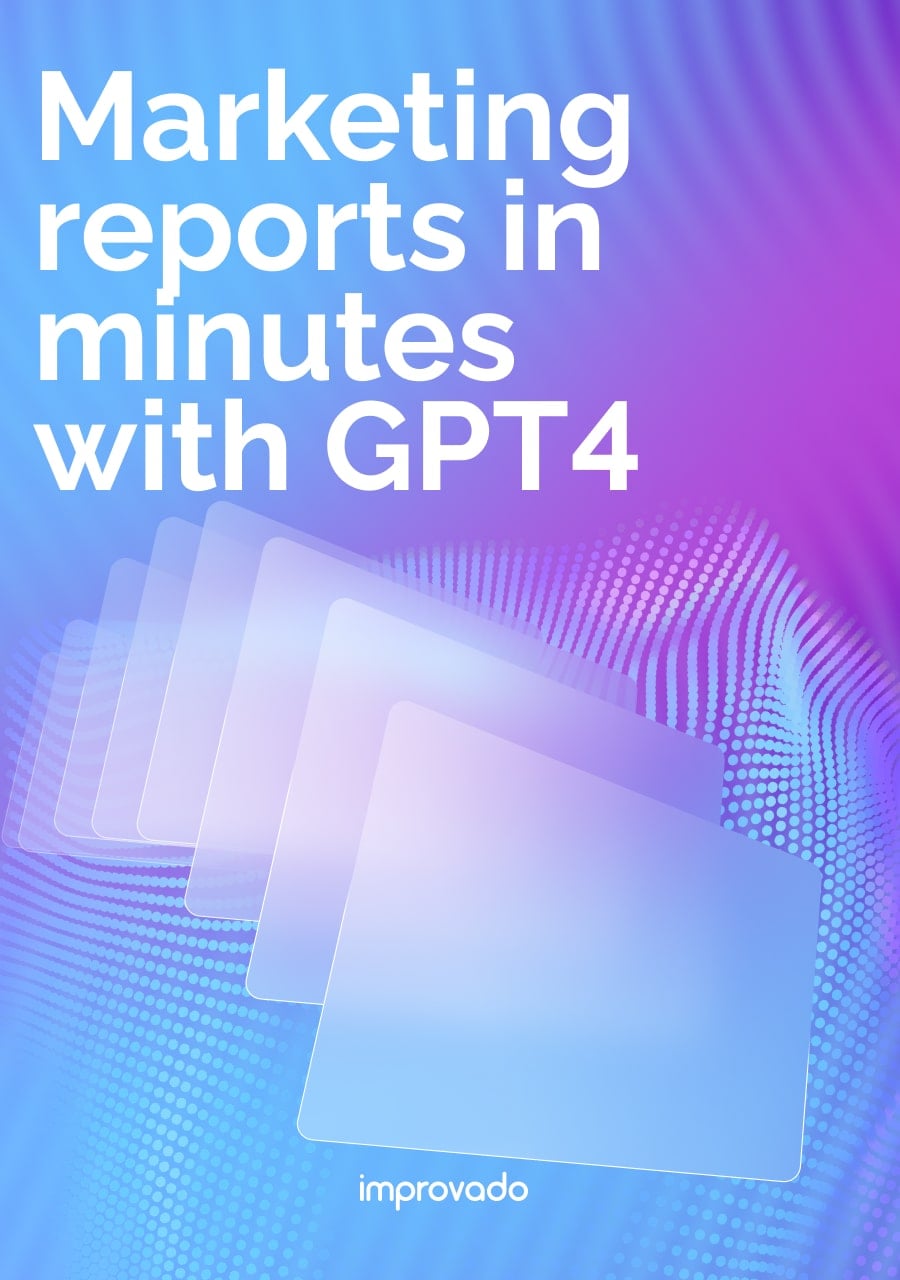As customer journeys become more complex and multichannel, and marketers employ more advanced strategies like omnichannel marketing, ABM, and personalization, the need for accurate and precise analytics with B2B marketing attribution as its centerpiece becomes more evident. Still, in 2022, a striking 58% of B2B marketers reported that their marketing analytics is inadequate or needs improvement.
This article provides actionable insights and strategies to help you better understand the concepts, tools, and best practices of B2B marketing attribution. Whether you're just starting or refining your strategy, this guide will serve as a valuable resource for achieving marketing attribution success in 2023.
What Is B2B Marketing Attribution?
B2B marketing attribution involves monitoring and evaluating marketing touchpoints that play a role in converting a lead into a customer. The process includes attributing conversion credits to each marketing interaction throughout the customer journey, which helps assess the effectiveness of different marketing channels and campaigns.
This assessment allows organizations to gain valuable insights into their marketing performance, thus facilitating informed decision-making and budget allocation.
The complexity of the sales cycle, the number of touchpoints, and typically the long-term value of a customer are key differences between the B2C and B2B attribution. Another important aspect is the focus on accounts.
In B2B marketing attribution, the emphasis is often placed on account-level attribution rather than individual customers. This approach is rooted in the nature of B2B transactions, where purchasing decisions are influenced by multiple stakeholders within a single organization or account.
This holistic view of the customer journey enables marketers to tailor their strategies to engage all relevant stakeholders within a target account, leading to more effective marketing efforts and higher conversion rates.
What Is a B2B Marketing Funnel?

To effectively allocate resources and optimize marketing strategies, it's essential to have a firm grasp of the marketing funnel. The B2B marketing funnel illustrates the customer journey from initial awareness to conversion, consisting of stages such as awareness, consideration, decision, and retention.
Throughout the time-consuming B2B funnel, a decision maker or multiple stakeholders from a single account may come in contact with many of your marketing efforts:
- See your LinkedIn ad
- Find your blog while searching a keyword on Google
- Download an eBook from your website
- Receive retargeting ads from Google Display
- View your G2 ad while reading software reviews
- Get entered into your email nurturing campaign
- Click on your branded Google ad
- Schedule a demo based on an email from your sales team
- Watch a webinar you sent via marketing emails
And the list goes on.
How to Build a B2B Marketing Attribution Model in 7 Steps
Below are the 7 steps you need to take in order to execute B2B marketing attribution:
- Choose a source of truth;
- Collect event data about leads from your website;
- Connect each website lead with the channel they came from;
- Connect all leads at the company level in your CRM or database;
- Define your attribution model;
- Visualize your attribution model;
- Pull actionable insights from your data.

Step 1: Choose a source of truth
In the context of marketing attribution modeling, a single source of truth is a centralized and consistent database that captures all essential marketing touchpoints and interactions. A single source of truth eliminates discrepancies from aggregating data from multiple sources and ensures that marketers have access to accurate, up-to-date, and reliable data for their analysis.
Step 2: Collect event data about leads from your website
The next thing you need to do is make sure you are tracking user interactions with all your marketing touchpoints and sending this data to your source of truth.
What does it mean to track events? Events include website visits, ad clicks, email opens, form submissions, and other engagements with marketing assets.
For example, in the screenshot below, you can see how Mixpanel consolidates data on a user who downloaded a resource from the website, their email, and what other actions they took on the website.

Collecting event data is a crucial aspect of understanding the performance of various marketing channels and campaigns. By analyzing event data, organizations can determine which touchpoints are driving conversions and contributing to the sales process.
It's crucial to maintain consistency in tracking methodologies across all marketing channels to ensure the accuracy of the collected data.
Step 3: Connect each website lead with the channel they came from
Understanding the origin of each website lead is vital for effective marketing attribution modeling.
To associate each website lead with its corresponding marketing channel, a company needs to implement tracking mechanisms that accurately capture referral information. Some of the mechanisms are UTM attributes tied to a visitor's link, referral data, cookies, CRM tracking and lead source fields, or custom tracking parameters.
Step 4: Connect all leads at the company level in your CRM or database
As mentioned earlier, the distinctive feature of B2B attribution modeling is the multi-faceted nature of B2B interactions involving multiple stakeholders from the same organization. That's why once you gather data on all leads and attribute them to the source of origin, it's vital to consolidate all lead data belonging to one company under a single account.
Such an account-centric approach allows you to clearly visualize the cumulative impact of different touchpoints with different stakeholders and assign attribution credit in a way that truly reflects the complex B2B sales cycle.
Step 5: Define your attribution model
The selection of an attribution model is not a one-time decision but a dynamic process that should evolve along with the business. Depending on your company goals, you might decide to focus on a first-click, last-click, time decay, position-based, or linear attribution model. Each of these attribution models gives different weights to channels based on where the interaction occurred in the customer journey.
If your main goal is to drive awareness, a model that gives more credit to top-of-the-funnel activities might be appropriate. If your focus is on closing deals, a model that emphasizes bottom-of-the-funnel activities would make more sense. The key is to align your choice of model with your overall business and marketing objectives.

Step 6: Visualize your attribution model
The final step in building an attribution model is visualization. Interactive dashboards and detailed charts can offer a bird's eye view of your marketing efforts, allowing you to easily identify which channels and campaigns are most effective and spot trends and patterns that may not be obvious in raw data.
How to do it? Once your data is prepared and well-structured, it is integrated into a BI solution, for example, PowerBI or Tableau. This process often involves using APIs or ETL (Extract, Transform, Load) tools to ensure a smooth transfer of data from the source to the destination.

Therefore, the process of visualizing marketing attribution data is not just about creating visually pleasing graphs, but about maintaining an ongoing, dynamic connection between your single source of truth and your BI solution.
Step 7: Pull actionable insights from your data
Once a B2B marketing attribution model is built and the data is successfully visualized, the next crucial step is to derive actionable insights. The true meaning of B2B marketing attribution is to guide decision-making.
Conclusion
Setting up an automated B2B attribution system allows marketing teams to see exactly which marketing efforts have led to opportunities and closed won deals, optimize campaigns by funneling more budget into what works and cutting the cord on what doesn’t.
Our recommendation:
Check out Top 17 Marketing Analytics Tools and Software for 2023
.png)



.png)
